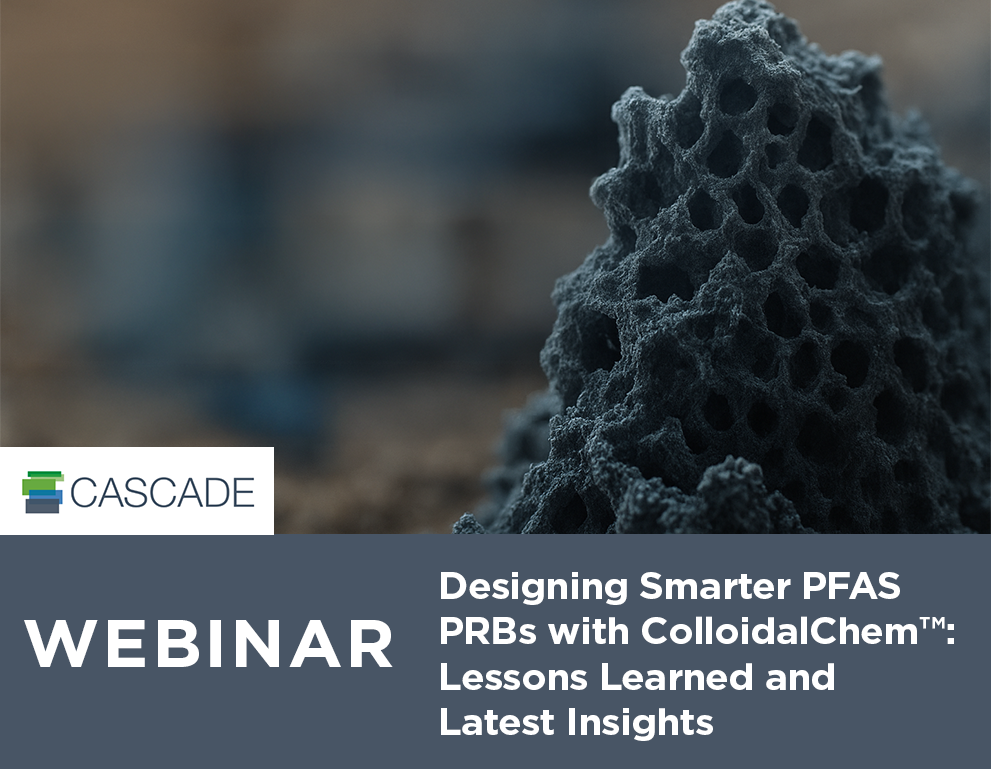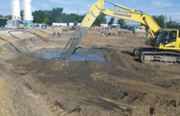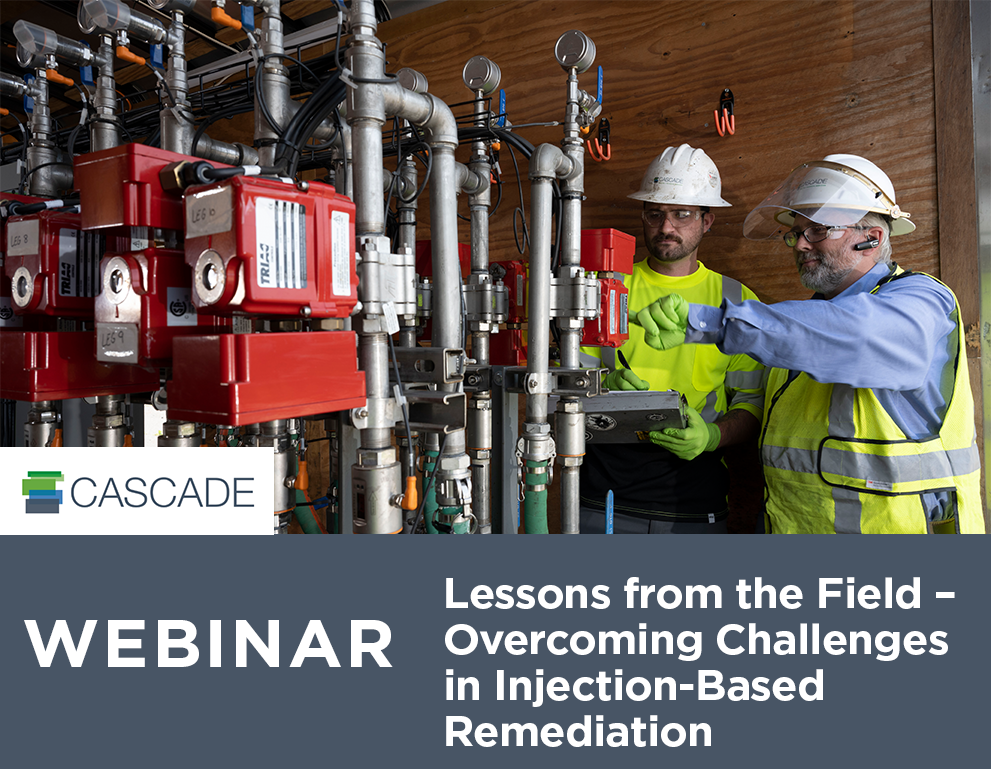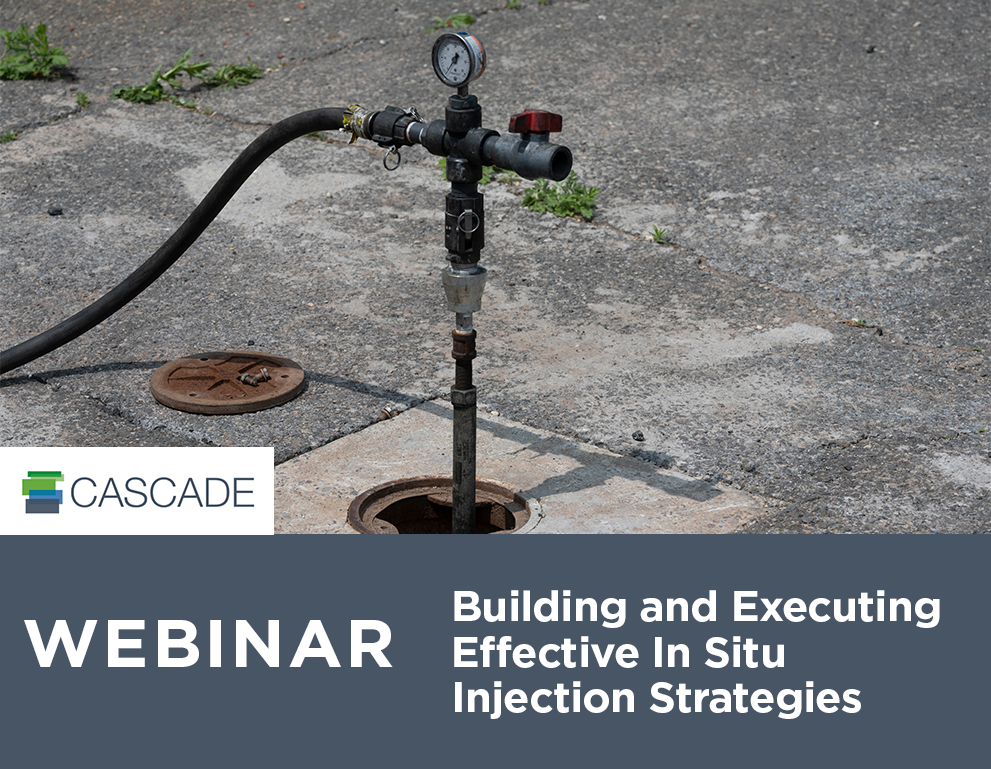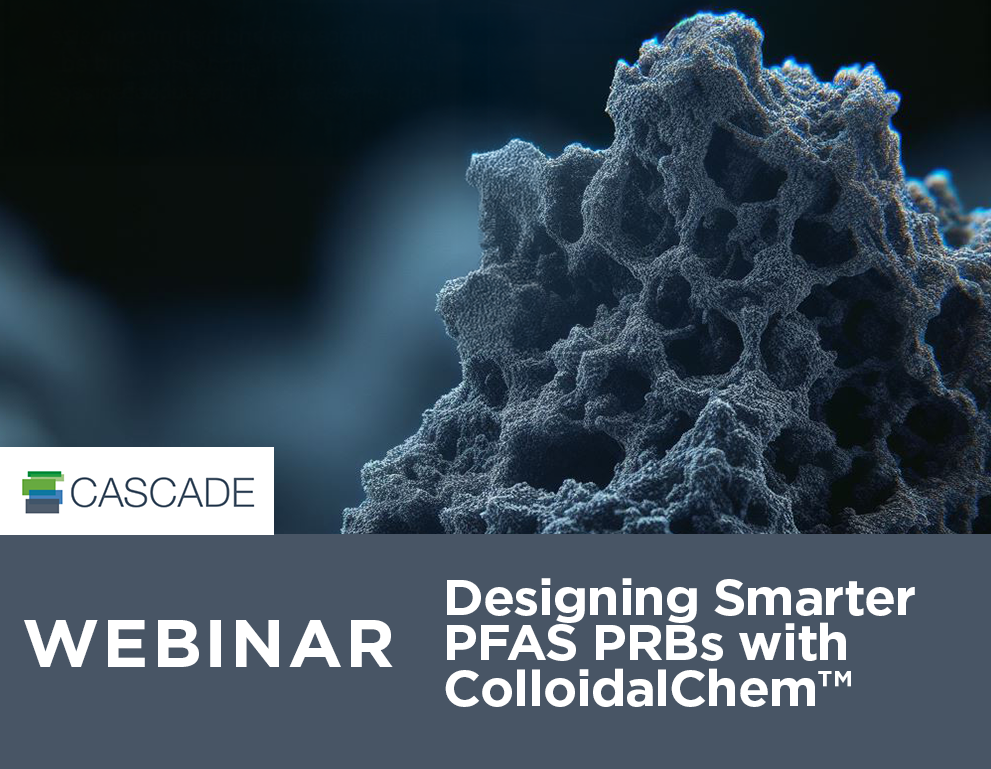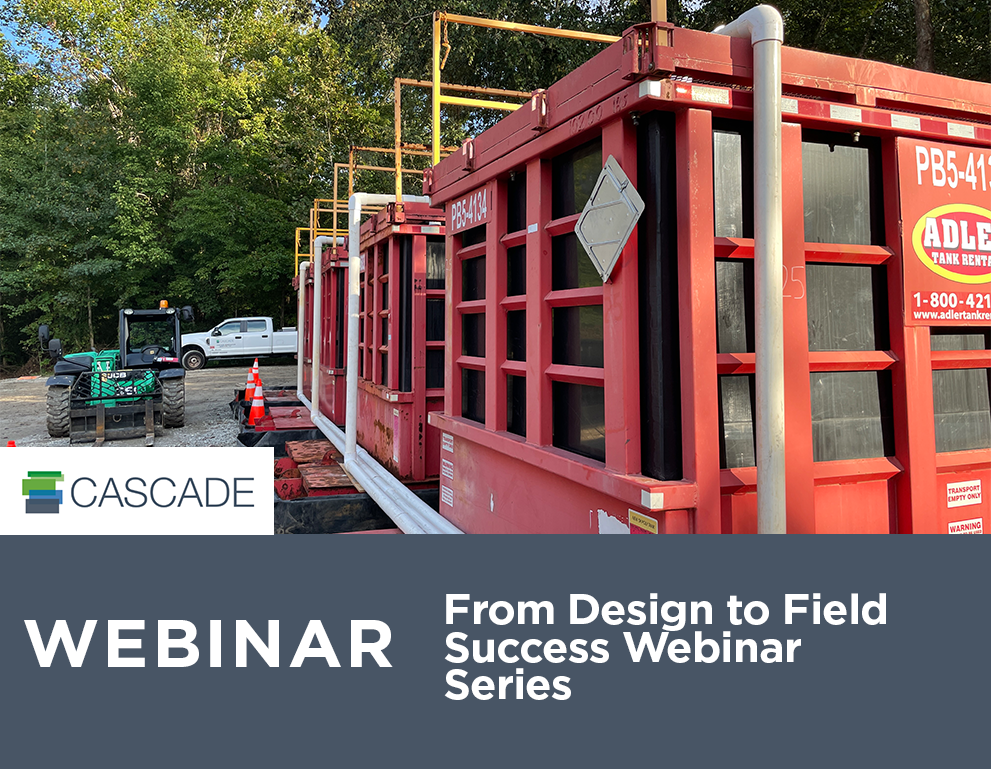Ask the Expert
Do you have a question for our team? Ask it here>>
What factors determine whether a site would benefit more from a single chemistry or technology versus a combined remedy approach?
It really comes down to the contaminants, contaminant concentrations, lithology, and schedule.
Contaminants: If all contaminants present can be treated with a single amendment—for example, petroleum hydrocarbons that respond well to one oxidative chemistry—a single approach may be sufficient.
However, sites with mixed contaminants requiring different reactions (e.g., petroleum and chlorinated solvents) are better suited for a combined remedy. An example: a site with both hexavalent chromium and PFAS may benefit from a combined application of sodium dithionite (for Cr(VI) reduction) and ColloidalChem™ (for PFAS sequestration).
Concentrations: High contaminant mass—such as DNAPL or mass sorbed to low-permeability soils—may require a more aggressive or staged remedy. For instance, an initial treatment with emulsified ZVI (e.g., SourceKill™) could address DNAPL, followed by bioaugmentation or additional ZVI to treat the dissolved phase. At higher source mass levels, in situ thermal remediation may be the most cost-effective option.
Lithology: Subsurface heterogeneity often demands multiple approaches. Persistent chemistries like microscale ZVI with fracturing can target contaminants in fine-grained soils, while dissolved contaminants in transmissive zones may respond better to anaerobic bioremediation or low-pressure injections of Colloidal iZVI™ or Colloidal S-iZVI™.
Schedule: Redevelopment deadlines or legal pressure may necessitate accelerated remedies. For fast-acting control of offsite migration, a combined remedy using ColloidalChem, Colloidal iZVI, and bioaugmentation can offer rapid risk reduction. If vinyl chloride remains a concern, supplemental technologies like air sparging or oxygen-releasing compounds may also be warranted.
Eliot Cooper, Remediation Technology Expert at Cascade







